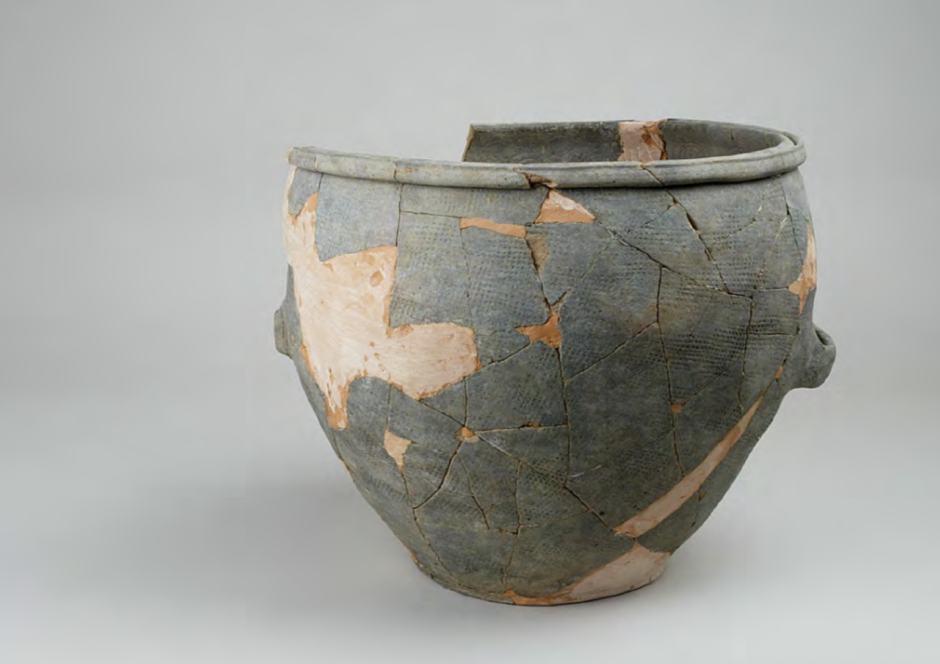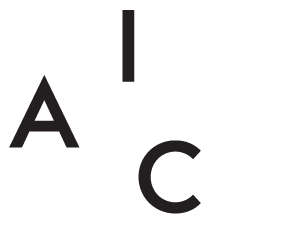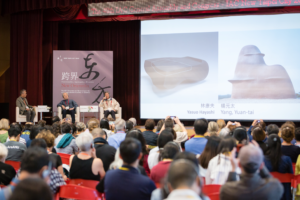Lee Boo-Yun
 Siru, a jar with handles from the Koguryu period (37~668 BC) |
|
|
“The Functionality, Spirituality and Diversity of Korean Jar ‘Onggi’ “ ABSTRACT Onggi, which could be seen in any Korean residence in the past, is a kind of household good. It is a earthenware that every home had a dozen or tens of them, Onggi with the longest history of Korean ceramics has been widely used regardless of regions and classes. In this regard, it is the true hero in the history of Korean ceramics. Onggi, which could be seen in any Korean residence in the past, is a kind of household good. Its traditional value recognized as a Korean folk material related representing Korean unique folklore and emotional life. However, with its technique, materials, patterns and usage, it is maintaining the longest tradition since the |
There are two kinds of Onggi making techniques: one is making flat bottom first and building the wall with coils (kwon sang technique), which originates from the pre historic age, and the other is building the wall with slab on the bottom (Chaebaqui technique). Due to the sands and the large grains in the clay, there are tinny air tunnels formed in the wall, and the inside and the outside of Onggi can be connected through the capillary tubes because glass phase is not formed. Those air tunnels helps preserve the temperature in the jar, helps circulation, providing proper amount of air because of active ventilation, and it protects the food against acidification. |
| Click here to read Lee Boo-Yun’s paper | |
editorial N°1
This webpage is focused on the general theme of « New Orientalia – Functionality, Spirituality, Diversity ».
(read more...)
